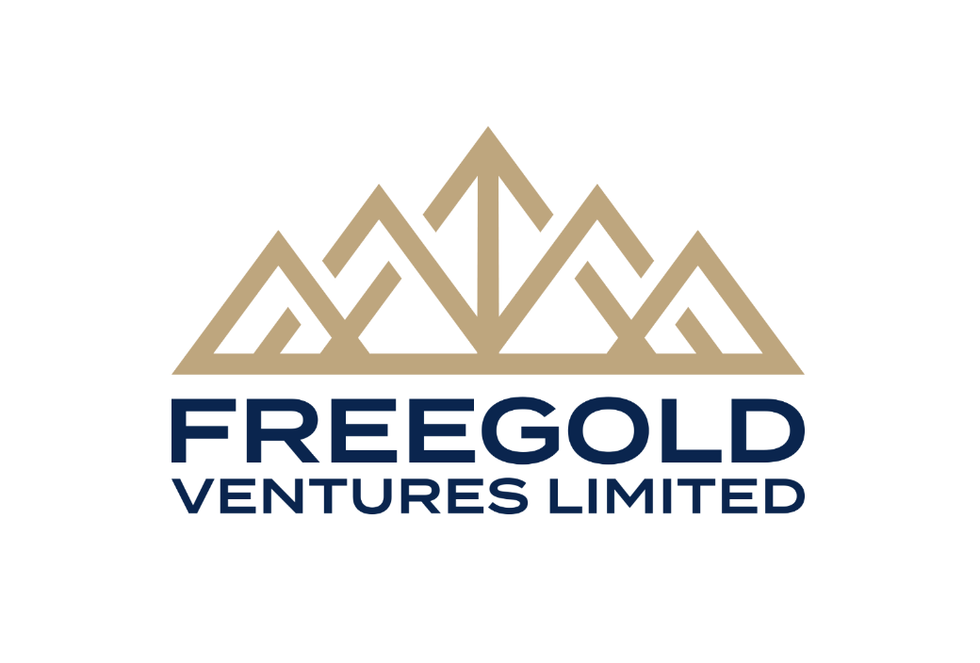The Life Cycle of a Gold Mine: Resource Definition and The Feasibility Study

After preliminary exploration has been completed, the next step in the life cycle of a gold mine is resource definition. At the end of this process, a feasibility study is published, and the ore deposit may be either deemed uneconomic or economic.
After preliminary exploration has been completed, the next step in the life cycle of a gold mine is resource definition. The processes in reserve definition are similar to preliminary exploration, and there is considerable overlap between the two phases.
However, in resource definition, the exploration company has reason to believe that their property contains a mineral reserve. Therefore, the company will spend more money on intensive and technical exploration techniques.
The resource definition phase not only involves further analysis of the size and grade of the mineral reserve, but also uses engineering and geotechnical studies to evaluate the mining method and the estimate how much it will cost to extract the ore, given the geology of the deposit. At the end of this process, a feasibility study is published, and the ore deposit may be either deemed uneconomic or economic.
The feasibility study
While the feasibility study is the key development in the advanced exploration phase, in regional exploration companies actually collect a great deal of data that is used in the feasibility study. A feasibility study analyzes the sampling, test work, and engineering analysis conducted throughout the exploration phase to determine whether or not a project has the proper economics to be developed into a mine. During the feasibility study how and what a public company communicates (regarding reserve estimates etc.) is governed by the securities exchange commission in the country where the company is listed. The rules are meant to prevent a company from releasing misleading information to the public. In Canada, the National Instrument 43-101 Standards of Disclosure for Mineral Projects dictates the rules.
It is recommended that mining companies undergo the feasibility study in a somewhat linear fashion. There are no precise rules governing how a company proceeds in developing a feasibility study, and therefore companies may try and rush through the steps in an attempt to accelerate the process of developing a mine. While data collection is left up to the explorer, the validity of this data is tested by the securities exchange commission guidelines. Miners who rush may find themselves running around in circles collecting data- a waste of time, and money. A proper feasibility study has three key phases: the scoping study, the pre-feasibility study, and the feasibility study. Not all exploration projects make it through all the phases, if at any point it is determined that a project is uneconomical, it should be abandoned.
Scoping study
The scoping study involves analyzing drilling and sampling results to define a resource and analyze the best mining method to extract the resource. Scoping studies are key in the life cycle of a mine because they typically identify technical issues that will require additional examination or test work. Generally, the end result of the study is a description of the general features and parameters of the project and an order of magnitude estimate of capital and operating costs.
Preliminary feasibility
Preliminary feasibility involves the use of engineering and geotechnical studies for a more in-depth look at resource extraction. In addition, the company will examine environmental and permitting issues, and preliminary capital and operating cost estimates. A key importance of the preliminary feasibility study is to identify areas of concern that warrant further investigation. Depending on the level of detail in these studies, and the securities exchange that is involved, reserves can in some cases be declared at this point.
Feasibility
The feasibility stage is basically a more comprehensive preliminary feasibility study. However, during the feasibility study, the study into the economics of a potential mine advances to include mine design, production schedule, gold recoveries, plant design, consideration of environmental issues, detailed capital and operating costs estimates, and an economic model of the project. During the feasibility stage gold reserves can be declared. This phase marks the culmination of the years of painstaking research and data collection, where an exploration company will ultimately make the decision whether or not to proceed with mine development.
Bankable feasibility studies
Often the term “bankable” precedes the term feasibility study. This term is often misunderstood to mean that a project is feasible. Adding this term simply means that the level of effort that has been incorporated into the study is sufficient for outside financing provided the project is feasible. Typically “bankable” means an overall accuracy level of plus or minus 15 percent on the feasibility study. Just like feasibility studies, bankable feasibility studies may also determine that a project is “unfeasible.” It is important to be clear that “bankable” only describes the level of accuracy of the analysis and has no relation to project’s feasibility.
The importance of the feasibility study
Conducting a thorough feasibility study is essential to a gold mine’s successful development. Scoping and prefeasibility are important because they identify potential problems; these problems can either be corrected by collecting more data or, in some cases, suspending the development of the mine. Once a company states they are doing a feasibility study there is pressure to pursue the feasibility to the end, even if at an early stage there is evidence it is not worth pursuing. However, companies who abandon projects due to calculations suggesting that the development of a mine would not be economical should not be looked upon unfavourably. If the economics are not there- they are better off pursuing another project. By pursuing a project for too long, a company will not only lose money, they will also lose out on better opportunities. If a company determines a project is “feasible” the next step is to move forward with the assessment and approval phase.
Read the entire Life Cycle of a Gold Mine series.
Part I: Staking the Claim
Part II: Regional Exploration
Part IV: Assessment and Approval
Part V: Mine Construction
Part VI: Operating the Mine
This article was first published on Gold Investing News on August 22, 2011.
Don’t forget to follow us @INN_Resource for real-time news updates!




